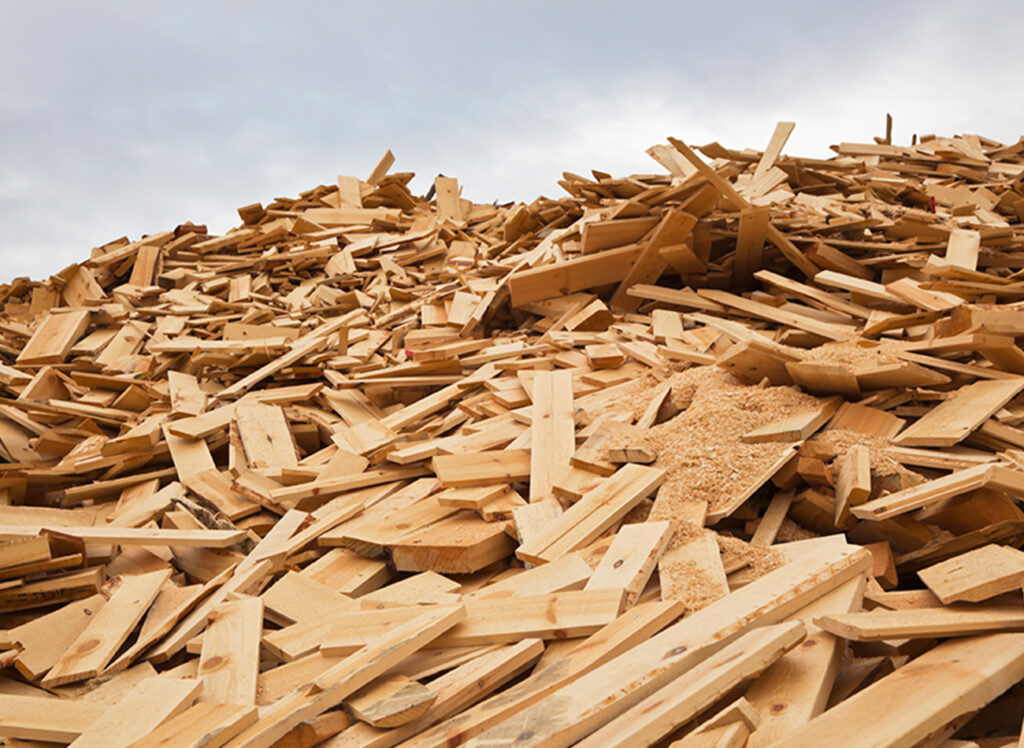Wood Waste
Wood Waste Recycling
Wood waste recycling ensures that the natural resources used for new wood production are conserved. The pressure on forests is reduced by using recycled wood materials instead of wood obtained by felling. Wood recycling saves energy. New wood production requires cutting and processing trees, while less energy is needed to process recycled wood materials. This ensures that energy resources are used more effectively and efficiently. Recycling wood waste reduces the amount of waste in landfills. Wood does not dissolve and deteriorate in nature for years. By recycling, wood waste is reused or used in the production of other products, thus reducing the amount of waste in landfills.
Contribution to Climate Change
Recycle

Recycling wood waste reduces its carbon footprint. Cutting trees for new wood production releases carbon dioxide into the atmosphere, while using recycled wood materials reduces this emission. Thus, it contributes to the fight against climate change. Wood waste can be reused through the recycling process. Recycled wood materials can be used to manufacture a variety of products such as furniture, floor coverings, decorative items, garden furniture and more. This ensures more efficient use of resources and enables waste to be evaluated. In summary, wood waste recycling saves natural resources, saves energy, reduces waste, reduces carbon footprint and provides reuse. By contributing to the recycling of wood waste as individuals, businesses and societies, important steps can be taken towards a sustainable future.
